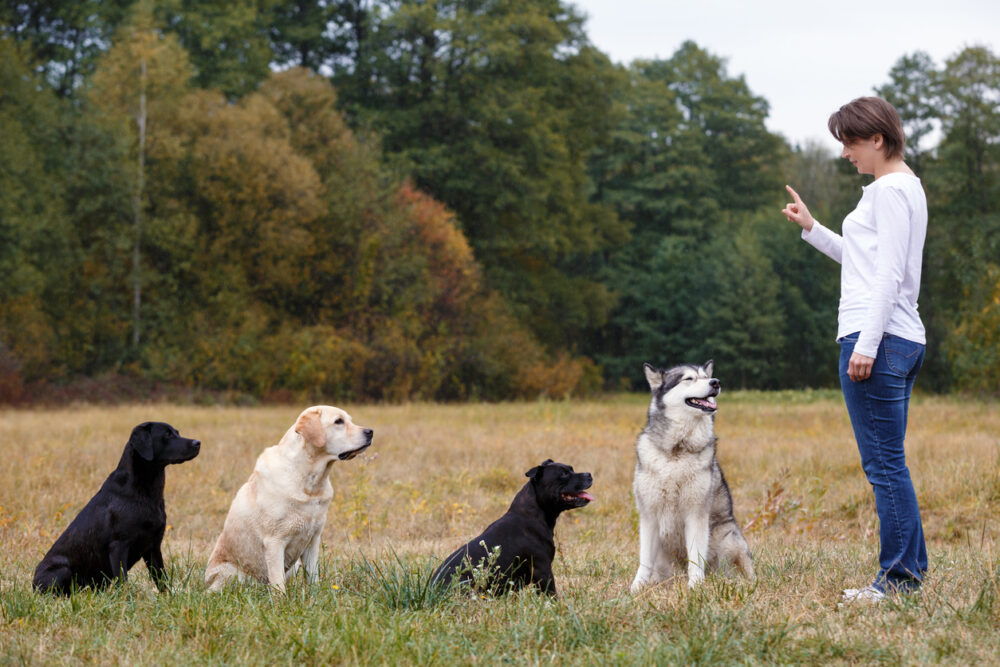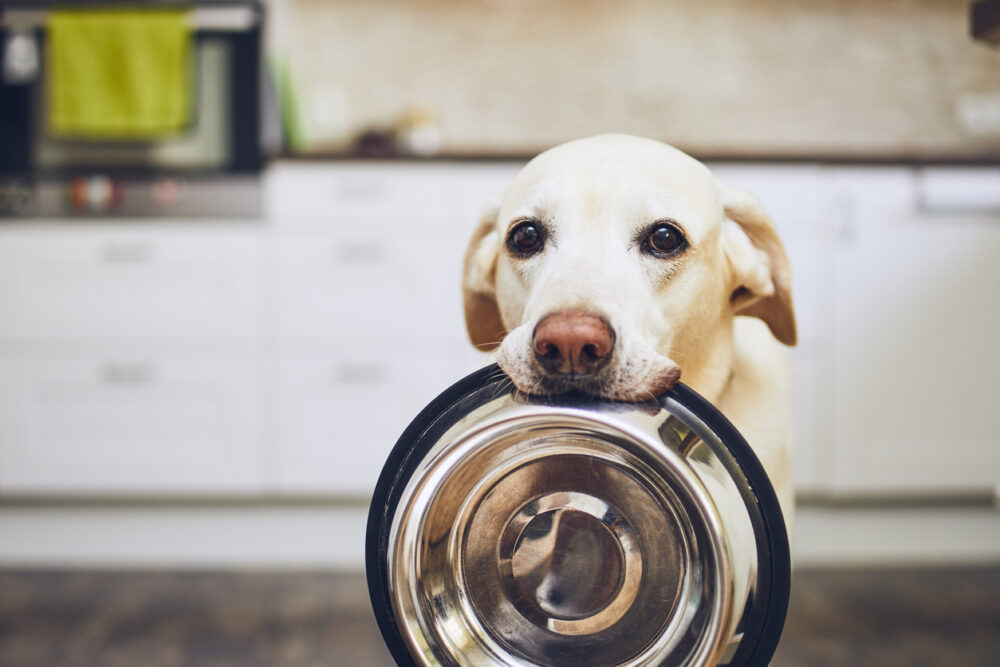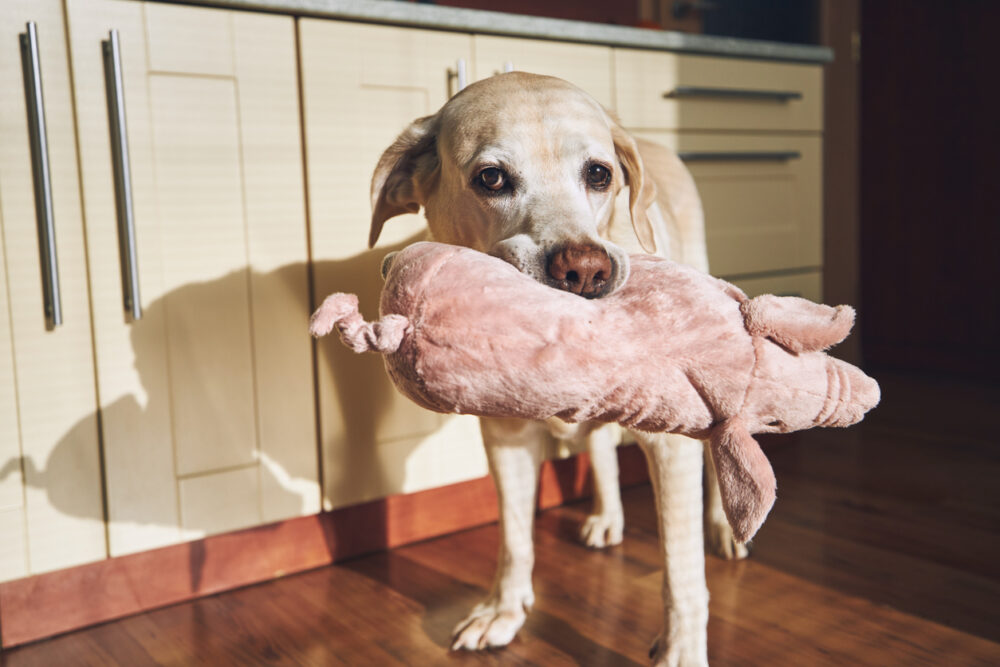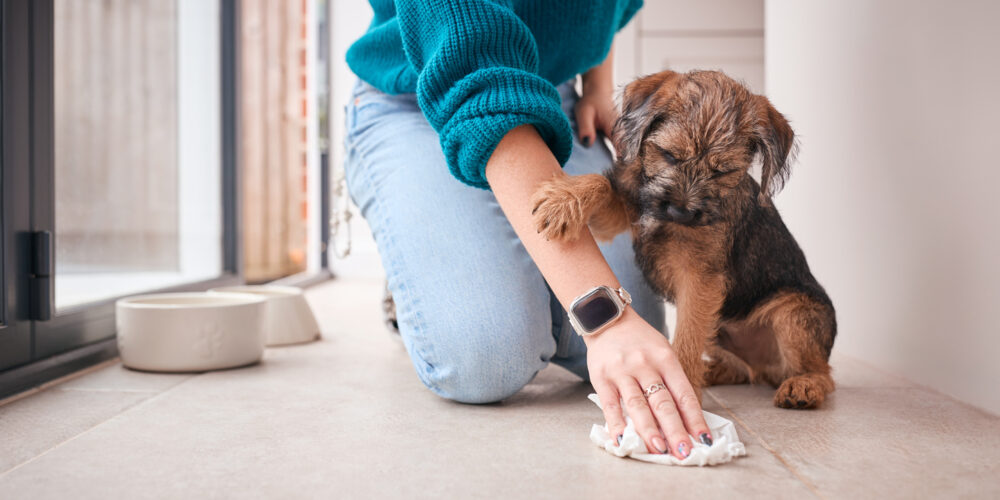They know exactly what they’re doing and play you like a snack-dispensing fiddle.

Pets have a way of making us feel like suckers—and they’re not wrong. One blink of those innocent eyes, one well-timed tail wag, and we’re handing over a treat like it’s part of a sacred contract. These furry con artists have developed all kinds of clever tricks to turn us into their personal vending machines. And let’s be honest, most of us fall for it more often than we’d care to admit.
What’s wild is how calculated some of these moves really are. Pets read our habits, gauge our weaknesses, and exploit every crack in our willpower. It’s not just begging—it’s performance art. They fake hunger, feign obedience, and milk guilt with expert precision. But once you spot the tactics, you can play smarter. Outsmarting them doesn’t mean withholding love—it means understanding their game and keeping your snack drawer (and vet bill) under control. These eight genius ploys aren’t just funny—they’re proof your pet might be two steps ahead of you at all times.
1. They pretend to follow commands perfectly.

Right when you’re about to reach for that bag of treats, your pet suddenly turns into a professional obedience champ, according to Anna Burke at the American Kennel Club. Sit? Nailed it. Stay? Like a statue. Shake? You didn’t even ask, but they’re offering up a paw like a furry little overachiever. It’s their way of saying, “Look how good I am—don’t I deserve a reward?” And it usually works, because it makes us feel like we’re reinforcing training instead of just spoiling them.
But here’s the kicker—they often only perform when food is within sniffing range. If you try the same commands during a regular moment, they act like they’ve never heard those words in their life. The smartest ones even start throwing in tricks unprompted, hoping one of them hits the jackpot. If you want to outsmart this one, don’t treat on autopilot. Mix it up, delay the reward, or surprise them with praise instead of food. They’ll still love the attention, and you’ll break the pattern of bribery.
2. They switch owners when one of you says no.

Pets are master manipulators of household politics, as reported by Lisa Fields at WebMD. Say no to a treat? They casually wander over to your partner or kid, looking pitiful and hungry. They know exactly who’s the soft touch in the family and aren’t above playing one of you against the other. This isn’t accidental—it’s strategic. They’ve tracked your habits, tested the limits, and figured out who caves quickest.
It’s especially clever when they act like they haven’t eaten in days, even though you just watched them finish dinner. That slow, guilt-inducing look seals the deal. Outsmarting this one takes teamwork. Everyone in the house needs to be on the same page about how many treats are allowed, and when. Keep a tally or use a jar system if needed. Once the dog or cat realizes their con has hit a wall, the behavior fades. Or at least they’ll find a new angle.
3. They fake fear or sadness.

Ever notice your pet gets unusually clingy, droopy, or skittish when there’s food nearby? Suddenly they’re shy, trembling, or laying their head in your lap with a world-weary sigh, as stated by Kiel Nollas at PetMD. It’s emotional manipulation at its finest. They know looking vulnerable tugs at your heartstrings, and when you feel guilty, treats happen. It’s not about actual fear—it’s about tapping into your empathy like a pro.
This trick works especially well when you’re already distracted, tired, or upset yourself. Pets sense that too. To outsmart this move, learn to separate real distress from snack theater. Real anxiety doesn’t disappear the second a treat appears. So instead of handing over food, offer comfort in other ways—extra pets, a cozy blanket, or playtime. They’ll still feel loved, and you’ll keep the treat hustle in check.
4. They act like they haven’t been fed yet.

That early morning routine where your pet follows you into the kitchen with a dramatic display of hunger? Classic misdirection. They nudge the bowl, look up with pleading eyes, and pace near the treat cupboard as if breakfast never happened. Some even toss in a whimper or two, just to seal the deal. And if you’re half-awake or on autopilot, it’s easy to fall for it.
This move relies on you forgetting or second-guessing yourself. “Wait, did I feed them already?” becomes the opening they need. The fix? Keep a simple log or use a feeding app to track meals and treats. Some folks just flip a magnet or marker on the fridge. Once you’re confident in your memory, the guilt evaporates—and your pet has to come up with a new plan.
5. They bring you their toys as bait.

You’re sitting on the couch and your dog suddenly drops a slobbery toy in your lap. It looks sweet—like they just want to play—but watch what happens next. You throw it, they chase it halfheartedly, then immediately look back at the treat jar. The toy was just bait. They’ve learned that initiating play often leads to praise, which can lead to snacks. It’s all part of their larger strategy.
Cats play this game too, but with less effort. They might paw at a toy or rub up against your leg, then sit expectantly by the treat container. It’s the animal version of “Look, I was good—now pay up.” Outsmarting this one means setting clear lines: playtime is playtime, not snack time. Break the association by ending the session with attention, not food. Eventually, they’ll separate the two—and maybe even enjoy the game for its own sake again.
6. They give you the silent stare.

It’s subtle but powerful—the unblinking gaze, the slow head tilt, maybe a single paw lift or twitch of the tail. Pets know that silence speaks louder than barks or meows. They just sit and stare at the treat jar, or at you, willing the snack to appear with the force of their adorableness. And the longer they wait, the harder it becomes to ignore.
This tactic works because it creates discomfort. You feel watched. Judged. Complicit. But the moment you break and reach for that treat, the lesson is reinforced. To counter it, break eye contact first. Redirect their attention with a toy or change rooms. Reward them only after they’ve stopped the silent guilt campaign. It teaches them patience doesn’t always mean payment.
7. They pretend to protect the house.

Suddenly your dog is barking like someone’s at the door—alert, anxious, tail wagging. You rush to check, but there’s nothing there. When you turn around, they’re sitting quietly by the pantry. The “guard duty” routine was just a ploy to get your attention near the treat zone. It’s a bold move, and it usually works once or twice before you catch on.
Cats are sneakier. They might swat at imaginary bugs or leap onto shelves as a fake emergency, then act casual once you notice. Either way, it’s drama designed to get a reward. Outsmarting this one means watching for the pattern. If these heroic displays always lead to a snack, pause before rewarding. Reward real bravery or behavior, not theatrics.
8. They act like they’re helping clean.

Your pet hovers around your feet when you’re cooking, sweeping, or cleaning up snacks. They sit politely under the table or “accidentally” nudge crumbs closer to their mouths. It looks helpful, but really, it’s opportunism in a fuzzy package. They’ve learned that kitchens mean food, and being near food increases their odds.
To stop this, change the environment. Use a baby gate or give them a cozy spot away from your feet. Only reward them after cleanup is done and they stayed in their place. It’s a subtle but powerful shift—and teaches them that being helpful doesn’t automatically mean treats. Still, you have to admire the hustle.
